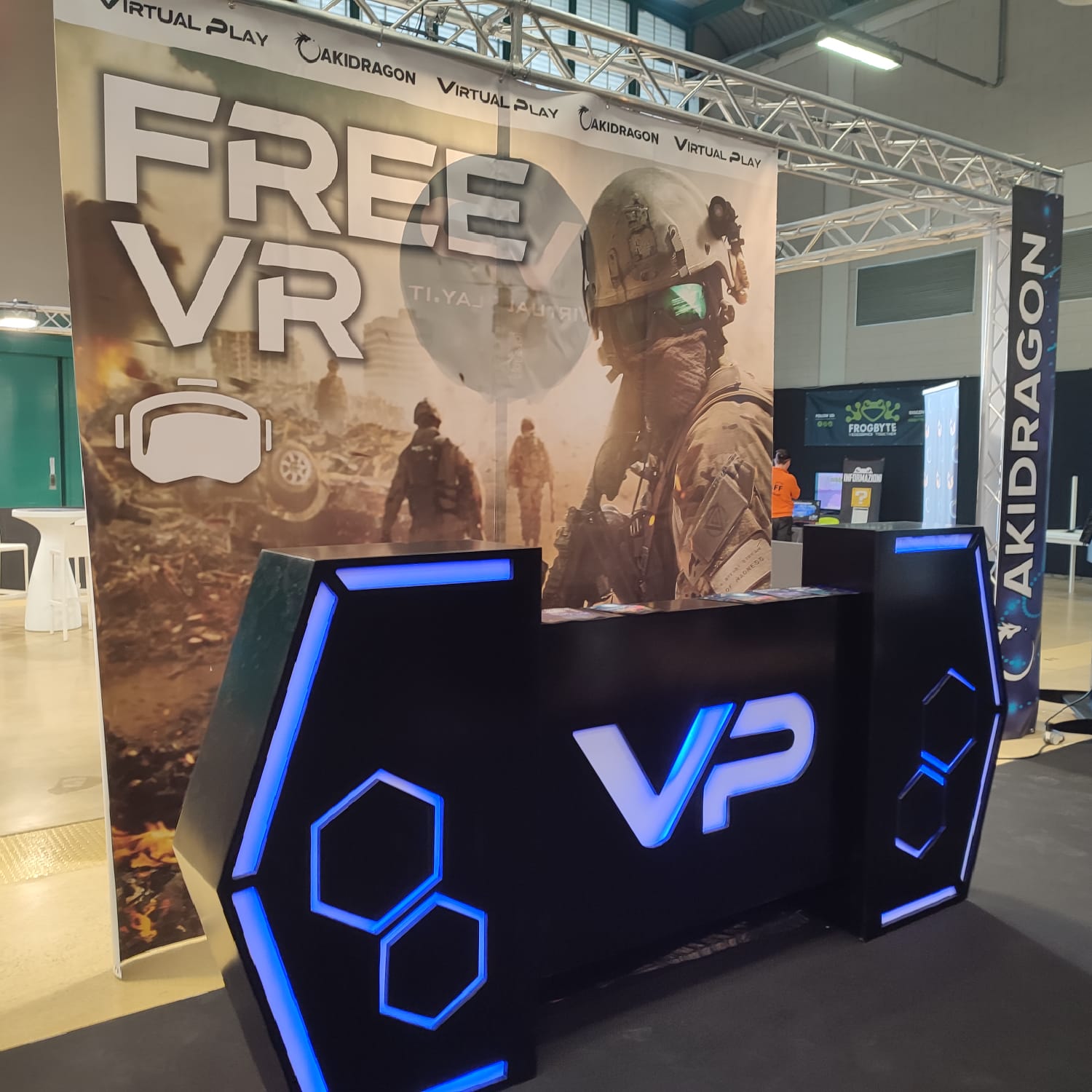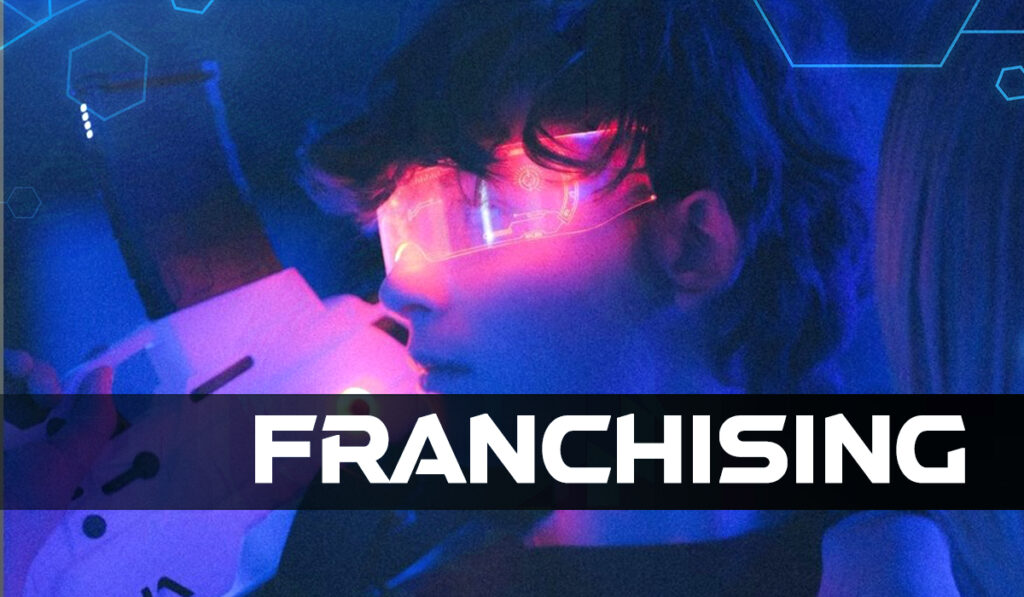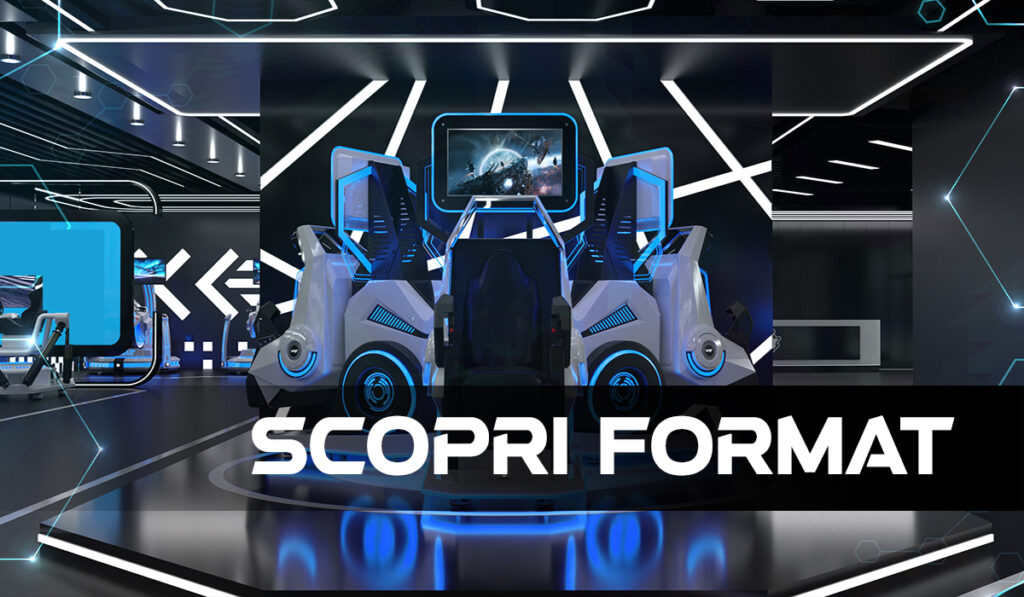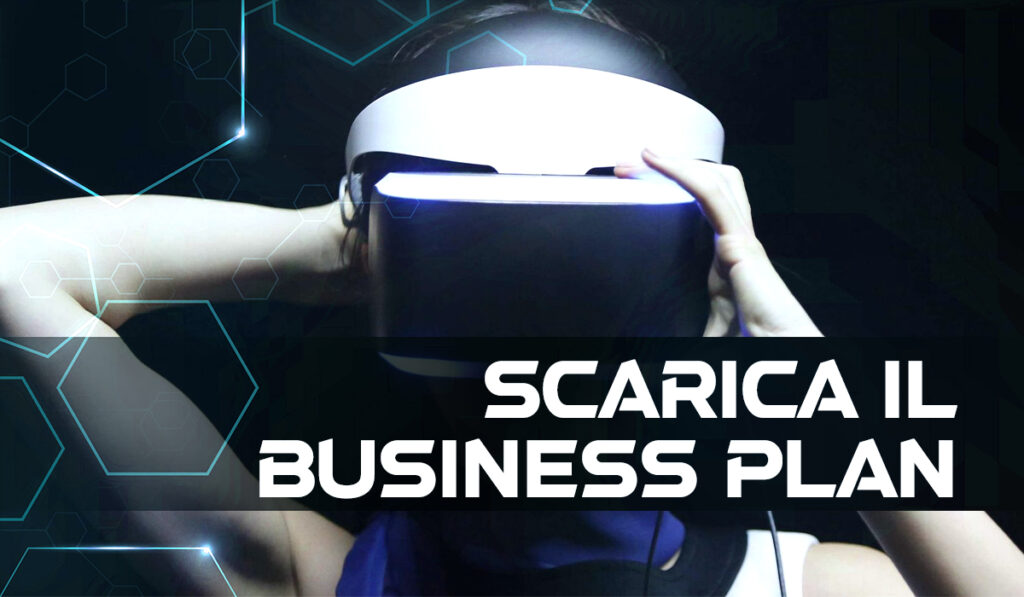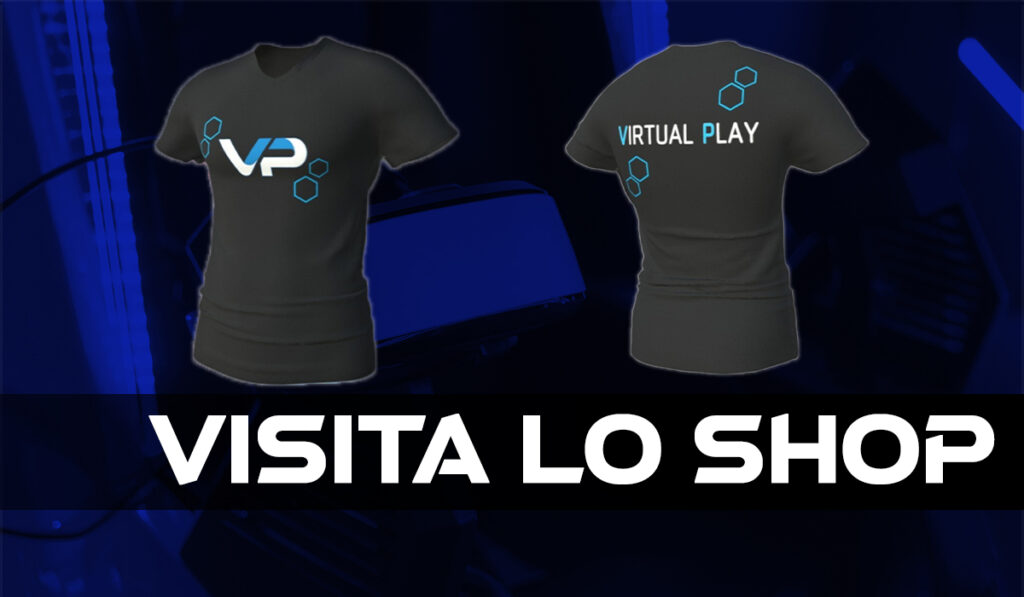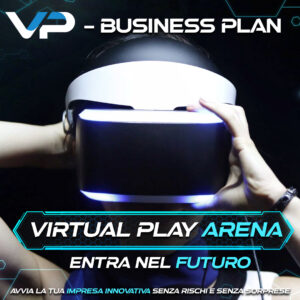Virtual Reality for education and schools.
- HOME
- Virtual Reality for education and schools.
The world in schools during the Coronavirus emergency.
If there’s one thing that the Coronavirus emergency is showing us, it’s that the education system is not fully prepared for remote teaching.
In recent days, the closure of all schools in Italy has imposed a challenging and effective search for new ways for teachers and professors to carry out their role as educators.
It didn’t take long to realize that the result is not very effective.
Sending worksheets, documents, and various links to students is clearly not the right answer to the need that has arisen.
Here's what you'll find in this article
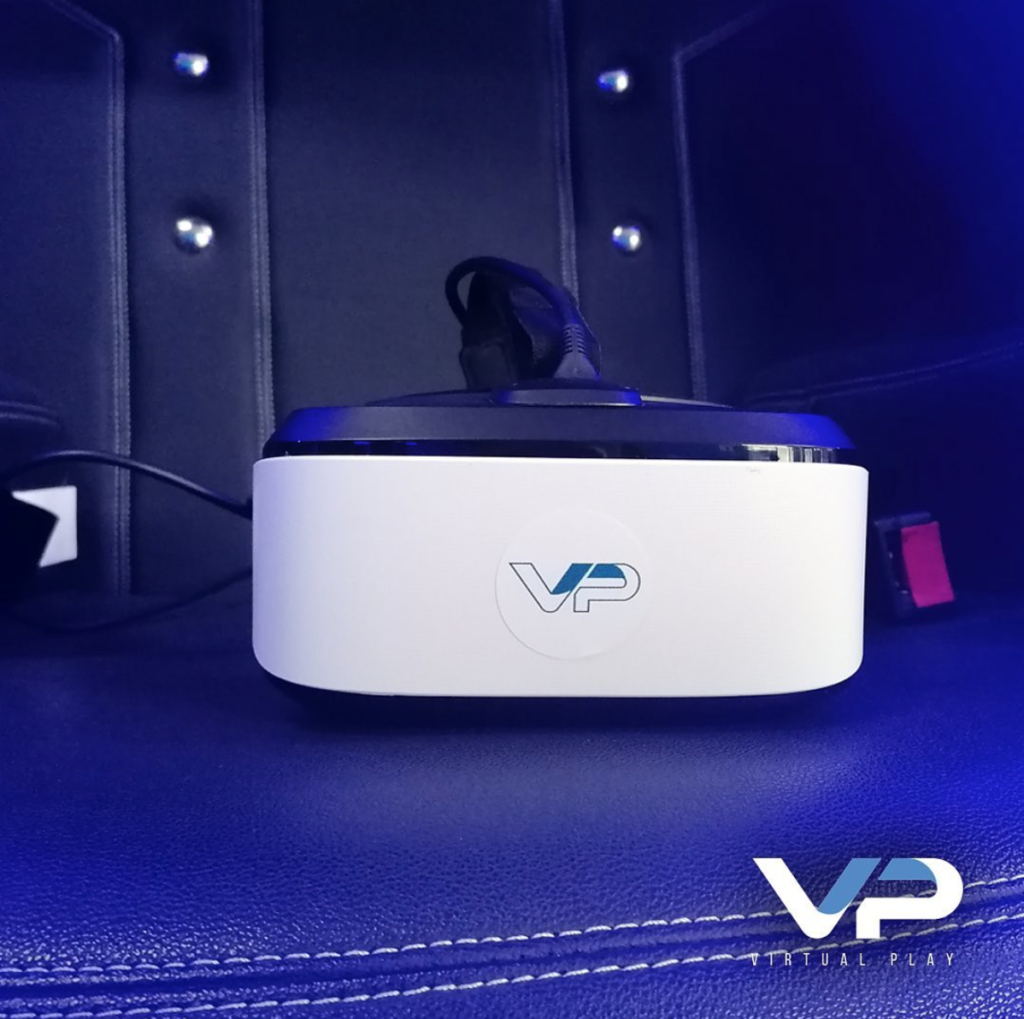
If we had seized the opportunity offered by VR in time, things would be very different today.
We are far behind in the use of Augmented Reality and Virtual Reality for educational purposes compared to countries like the United States. But now, more than ever, we understand the importance of equipping ourselves in this direction.
And it can be done, even in a short amount of time.
Many giants, with Google at the forefront, have long invested in the sector, and now they are ready to reap the benefits. In most cases, a VR headset is the only truly necessary purchase to get started.
What is possible to do with VR for educational purposes?
There are numerous ways to use virtual and augmented reality in schools. Here are some examples based on the subjects covered:
Geography: with the use of VR, it is possible to allow students to take virtual tours of places that they couldn’t visit in person. Platforms like YouTube, Google Maps, and National Geographic are already well-organized in this regard and offer various 360° videos and content that can be experienced with VR.
History: With a VR headset, it is possible to transport students to historical periods of interest based on the educational curriculum they are following. An example? VR can catapult them right into the midst of an important battle or transport them to distant eras to fully comprehend the customs and cultures of long-gone civilizations.
Art: in the field of art, VR has indeed found fertile ground. Today it is possible to visit entire museums, or even navigate inside an opera.
Science: from seed to tree the path is long and assisting would be complicated in reality. But with VR you can do that, too.
Added to this are also the many applications in medical education, public service, and you name it.
One thing is certain: virtual reality has an edge when it comes to learning, because it is able to engage the student in the learning experience through multisensory stimulation, thus bypassing any external distractions.
SHARE:
-
Facebook
-
Whatsapp
-
Twitter
-
Linkedin




